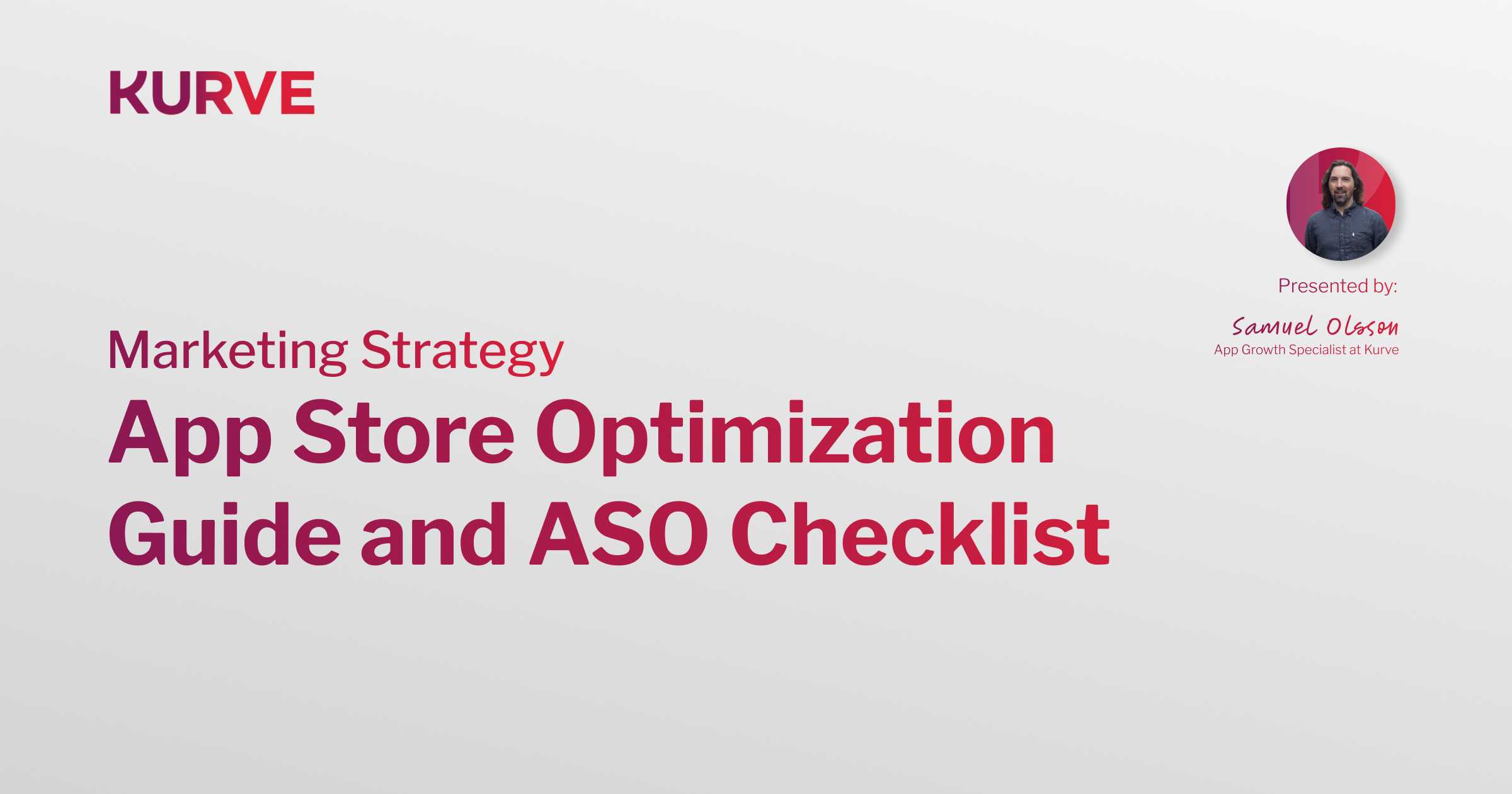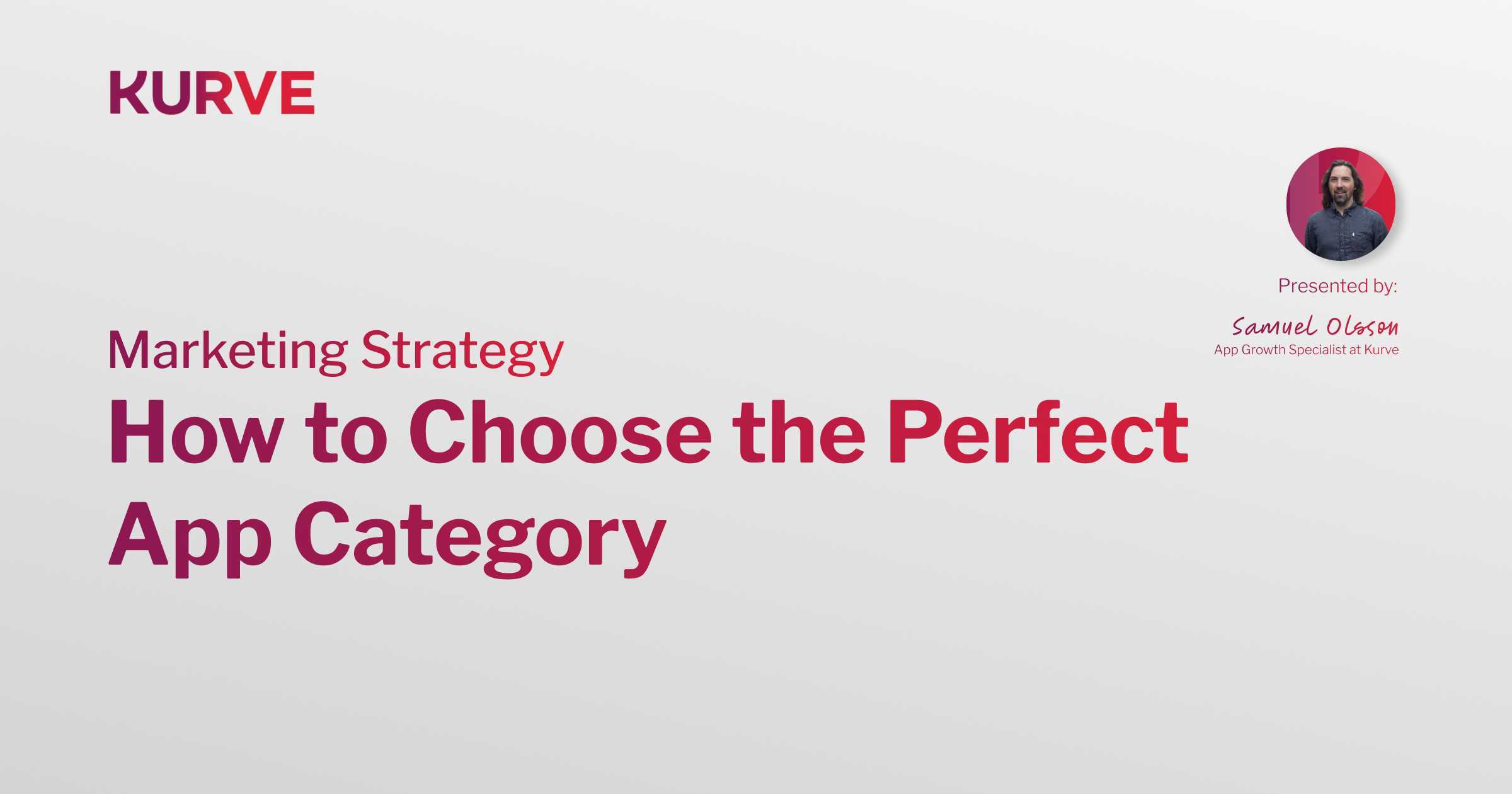Metrics That Matter: 9 Essential Mobile App Metrics You Need to Know for Your Success
In today's hyper-competitive app landscape, you need more than a great app. You need to know how it performs, where it can improve, and how it serves your users. Your guiding light is mobile app metrics. Metrics are your roadmap to app success, helping you optimize engagement and elevate performance.
At Kurve, we specialize in Mobile App Marketing services that align with the power of metrics. We understand that data-driven strategies are not a 'nice-to-have' but a necessity for scalable growth.
In this article, we'll guide you through the key mobile app metrics essential for your success. Whether you're a business owner, an entrepreneur, or a marketing professional, this listicle is your go-to resource for actionable insights.
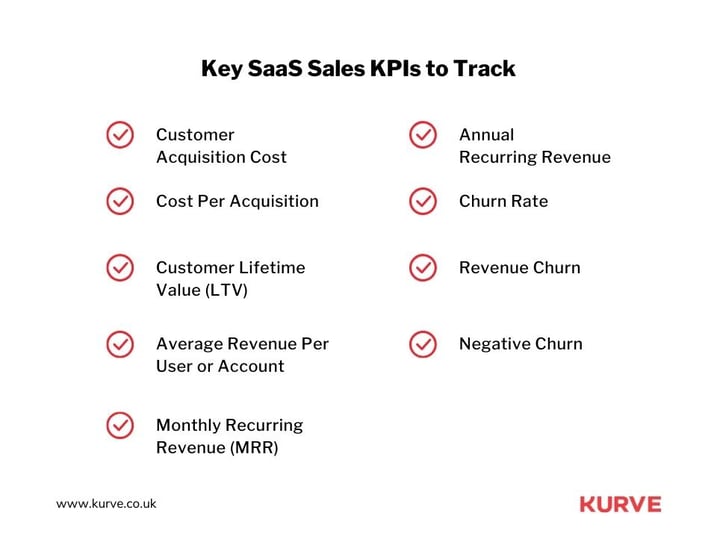
Let's dive in.
Advertising Campaign Metrics
Let's focus on a critical aspect: Advertising Campaign Metrics. These metrics are real-time insights into your ads' performance that serve as the pulse of your promotional efforts.
Why are these metrics so crucial? Advertising isn't only about visibility; it's about targeted engagement. Your ads aim to reach potential users and compel them to take action, be it clicking, installing, or opting in for notifications.
At Kurve, we've seen firsthand how a well-structured advertising campaign can be a game-changer. It can boost your app's user base and engagement levels. Our sustainable growth advisory services emphasize the importance of these metrics in creating a cohesive and effective advertising strategy.
This section will delve into the following critical metrics:
- Click-through Rate (CTR)
- Click Install (CTI)
- Opt-in Rate.
Each offers a unique lens to evaluate and optimize your advertising campaigns.

Click-through Rate (CTR)
Click-through Rate (CTR) is a metric considered the first touchpoint of user engagement. It's the percentage of clicks your ad receives compared to its total impressions. In simpler terms, it tells you how well your ad grabs attention and encourages action.
A high CTR signals your ad's messaging and visual elements resonate with your target audience. It's an early indicator of campaign success and a crucial metric we often analyze for our clients.
To leverage CTR, use A/B tests on ad creatives and messages to see what resonates most with your audience. Second, use these insights to refine your targeting parameters. Lastly, don't set and forget it; continuous monitoring is crucial in adapting to changing user behaviors.
By understanding and optimizing your CTR, you're building the foundation for long-term user engagement and success.
Click to Install (CTI)
CTI takes us deeper into the user journey by measuring how many clicks lead to app installations. A robust CTI rate indicates your ad's messaging is driving users to take meaningful action. This is a key focus in our app marketing services, where we aim to turn every click into a potential long-term user.
How can you optimize for a higher CTI? Start with your call to action (CTA). Make it as compelling as possible to guide the user toward installation. Next, consider the power of a well-designed landing or app store page. The easier you make it for users to install, the better your CTI will be. And if you find users who clicked but didn't install, consider retargeting strategies to bring them back into the fold.
By honing your CTI strategies, you're building a community of engaged users - the ultimate goal for any app.
Opt-in Rate
Unlike clicks and installs, the Opt-in Rate tracks users' willingness to stay connected with your app. It measures the percentage of users who say 'yes' to notifications or other forms of in-app communication.
Why does this matter? An elevated Opt-in Rate is a precursor to higher user engagement and retention. It signifies that users are interested in your app and willing to establish a longer-term relationship.
So, how can you improve this rate? Timing is everything. Present the opt-in request when it's most relevant to the user's experience. Next, be transparent about the benefits. Will they get exclusive updates or personalized recommendations? Make it clear. And remember, the key to a high Opt-in Rate is ongoing testing and refinement.
Focusing on the Opt-in Rate builds bridges for sustained user engagement, which is invaluable for any app's success.
Engagement Metrics
As we pivot from advertising campaign metrics, let's look at another critical area: Engagement Metrics. These metrics serve as the heartbeat of your app, providing invaluable insights into how users interact and engage with it.
This section will guide you through various metrics that measure app engagement. We'll look at:
- Number of Downloads
- Activation Rate
- Daily Active Users (DAU)
- Monthly Active Users (MAU)
- DAU/MAU Ratio
- Stickiness
An engaged user is a satisfied user. The more your app can captivate and hold user attention, the more likely it is to succeed in the long run. Engagement metrics help you understand what's working, what's not, and where you can improve to enhance user satisfaction.

Number of Downloads
First up is the Number of Downloads, which shows how often your app has been downloaded from the app store. While it may seem basic, this metric indicates your app's appeal and market reach.
How can you leverage this? Keep an eye on download trends. A sudden spike could mean your marketing efforts are working, while a dip might show the need for optimization. Use these insights to refine your marketing strategies and user acquisition efforts.
Activation Rate
Next, we have the Activation Rate, which measures the percentage of users who take a specific action within the app after downloading it. This could be anything from purchasing to completing a tutorial.
To leverage this metric, identify the key actions that signify active user engagement. Then, optimize the user journey to encourage these actions. A high Activation Rate correlates with strong user engagement, making it a valuable metric to track.
Daily Active Users (DAU)
Daily Active Users (DAU) gives you the number of unique users who engage with your app daily. It's a vital indicator of your app's 'stickiness' and user engagement levels.
To make the most of DAU, monitor it with other metrics like MAU. This will give you a more holistic view of your app's engagement levels. Use these insights to tailor your app's features and functionalities to your users' use.
Monthly Active Users (MAU)
Monthly Active Users (MAU) measures the number of unique users who engage with your app at least once a month. It's an excellent metric for tracking and assessing long-term engagement.
To leverage MAU, compare it with DAU to get a more nuanced understanding of user engagement. Are users coming back? If not, it might be time to re-evaluate your app's features or user experience.
DAU/MAU Ratio
The DAU/MAU Ratio offers a snapshot of your app's engagement over time. It's calculated by dividing the DAU by the MAU, giving you an idea of how often users return to access your app.
To improve this ratio, focus on features or content that encourage daily usage. The higher the ratio, the more engaged your users are, which is always a good sign.
Stickiness
Last, Stickiness measures how often users return to your app after their first visit. It's a key metric for understanding user retention and engagement.
To leverage Stickiness, focus on providing continuous value to your users. Whether through regular updates, new features, or personalized content, keeping your app fresh and relevant is vital to maintaining high levels of Stickiness.
Retention Metrics
Navigating from engagement, we now dive deeper into the critical domain of Retention Metrics. These metrics serve as the basis for understanding the enduring relationship your app fosters with its users.
We'll look at:
- Retention Rate
- Session Intervals
- Session Length
- Average Usage Time
- Average Sessions Per User
Remember, retention isn't only about keeping users around. It's a multi-faceted strategy to enhance user experience and satisfaction. This focus on long-term engagement is a cornerstone of our approach to app marketing, as evidenced by our work on projects like Quib.ly.
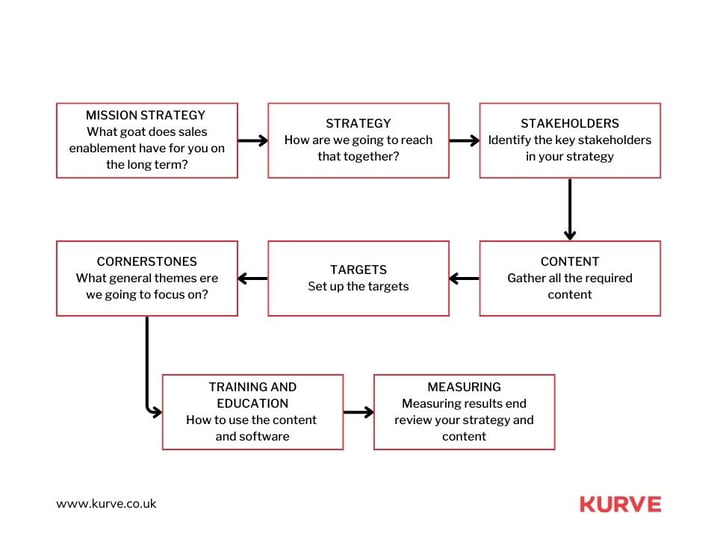
Retention Rate
The Retention Rate metric serves as a mirror reflecting your app's enduring appeal. A high retention rate indicates that your app is integrating into the user's daily routine.
One strategy to elevate this metric is offering features that provide ongoing value, such as personalized content feeds to loyalty rewards programs.
Another strategy is through regular updates that respond to user feedback. This improves your app's functionality and demonstrates that you're in tune with your user community's needs and preferences.
Session Intervals
Session Intervals provide a granular view of average user interaction frequency. Short intervals between sessions are a strong indicator of an app that has become a go-to resource for users.
One way to encourage this behavior is by keeping your app's content fresh and dynamic. Regular updates, seasonal features, or even limited-time events can serve as compelling reasons for users to revisit your app more frequently, reducing the average time between sessions.
Session LengthThe Session Length metric measures the duration of each user's interaction with your app. Extended session lengths are generally a positive sign, indicating that users find many avenues for engagement within your app.
Your app should offer diverse, engaging activities or content to foster this. Smooth navigation and compelling, easy-to-find content are crucial contributors to longer sessions. The more accessible and more enjoyable you make the user journey, the more likely users are to spend extended periods within your app.
Average Usage Time
Average Usage Time is a metric that encapsulates the total time users spend within your app. The longer this time, the more likely it is that users are finding value in your app. Features that promote interactivity or elements of gamification can extend this time.
In-app tutorials or user guides can help new users discover the full range of your app's capabilities, encouraging them to spend more time exploring and less time figuring things out.
Average Sessions Per User
Average Sessions Per User is a metric that provides insights into how frequently individual users engage with your app. Many sessions over a short period indicate an app meets user needs and expectations.
Targeted notifications can be particularly effective in this context. These could be linked to specific in-app activities, updates, or user milestones. However, using this tool sparingly ensures you're encouraging rather than overwhelming your users.
Drop-Offs Metrics
Drop-offs in mobile apps are signals that can guide improvements in user experience. These metrics help identify the stages where users disengage, offering a roadmap for refining the app's features and functionalities.
These metrics are:
- Funnel Conversion Rates
- Paid Conversion Rates (PCR)
- Organic Conversion Rates (OCR)
- Cost Per Conversion
- CAC-to-Conversion
Our work on the Wonga UK project shows how understanding drop-offs can transform user engagement.
Funnel Conversion Rates
Funnel Conversion Rates are crucial for diagnosing bottlenecks in the user journey. Analyzing this metric lets you pinpoint the exact stages where users will drop off. With this information, you can focus on areas that need improvement, ensuring users transition from one stage of the funnel to the next.
Paid Conversion Rates (PCR)
Paid Conversion Rates highlight how well your paid marketing efforts are performing. This metric is essential for optimizing your advertising spend and ensuring you get the most out of your budget. You can decide which paid channels are most effective by monitoring PCR. This enables you to allocate resources better, ensuring your advertising dollars are well-spent.
Organic Conversion Rates (OCR)
Organic Conversion Rates measure your app's natural growth and appeal. This metric is essential for understanding how well your app is performing without paid advertising. A high OCR indicates that your app attracts and retains users, a sign of a healthy, growing app. By monitoring this metric, you can identify improvement opportunities and adjust your app's design and functionality.
Cost Per Conversion
Cost Per Conversion is a performance indicator that can impact your bottom line. This metric helps you understand the average cost of each successful user conversion. By integrating this data into broader financial models, you better understand the ROI of your user acquisition strategies. This ensures that your financial planning aligns with your user engagement goals, optimizing your strategy.
CAC-to-Conversion
The CAC-to-Conversion ratio is a vital financial metric that measures the Customer Acquisition Cost against the value generated from converting a user. This ratio is a key indicator of your app's economic sustainability. A lower CAC-to-Conversion ratio means acquiring more users at a cost justified by their value. This is essential for long-term profitability and sustainability.
By closely monitoring these drop-off metrics, you're not just collecting data; you're gaining actionable insights that can significantly improve user engagement and overall app performance.
Install Metrics
Install metrics serve as a critical gauge for the efficacy of your mobile app campaigns. The two to focus on are:
- Organic/non-organic split
- Share of Remarketing Conversions
These metrics offer a granular view of the sources and methods that drive app installations, enabling you to fine-tune your marketing strategies for maximum impact.
Organic/non-organic split
The Organic/Non-Organic Split metric distinguishes installations from organic sources and those from paid campaigns. This differentiation is crucial for assessing the natural appeal of your app versus other apps and the effectiveness of your paid marketing efforts.
A higher percentage of organic installs indicates strong word-of-mouth and natural growth. A higher non-organic percentage may suggest that your paid campaigns are particularly effective. Use this data to adjust your marketing strategies to capitalize on organic growth and paid opportunities.
Share of Remarketing Conversions
This metric offers insights into the effectiveness of your remarketing campaigns. It measures the percentage of installs from users who have previously interacted with your app but did not convert.
To optimize this metric, create compelling remarketing campaigns that re-engage users who have shown interest but have yet to take the desired action. Tailor your messaging to address the specific reasons users may have disengaged initially. This could involve offering special promotions or highlighting new features that interest you.
With install metrics, you can refine your marketing strategies to ensure you're reaching and converting your target audience. This leads to more efficient use of your marketing budget and a more substantial, more engaged user base for your app.
Uninstall Metrics
Understanding uninstall metrics is vital for gauging customer dissatisfaction. These metrics offer a window into the aspects of your app that may be causing users to disengage.
The important metrics are:
- Number of Uninstalls
- Uninstall Rate
- Churn Rate
- Abandonment Rate
Our project with BackThen has shown that a deep dive into these metrics can lead to transformative changes in user experience.
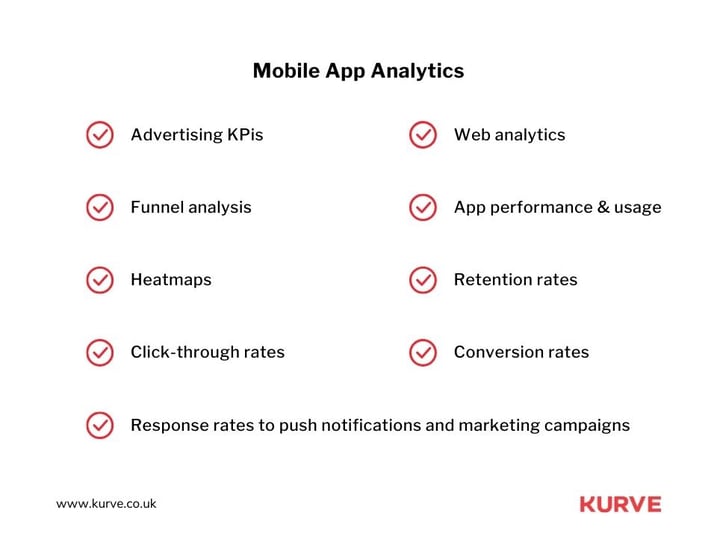
Number of Uninstalls
The Number of Uninstalls is a straightforward metric that counts how often a user removes your app from devices. This metric is an indicator of dissatisfaction and should be monitored.
Look for patterns or trends to optimize your app based on this metric. Are uninstalls spiking after a new update? Or are they consistently high among a certain demographic? Use this information to pinpoint specific areas for improvement in your app.
Uninstall Rate
Uninstall Rate contextualizes the total number of uninstalls by dividing it by the total number of installs. This percentage-based metric allows a more nuanced understanding of the problem's severity.
Comparing your uninstall rate with industry standards can be enlightening. A rate higher than the norm is a clear signal for immediate action. This insight informs our updates and customer communication strategies to reduce this rate.
Churn Rate
The Churn Rate is the percentage number of users who have uninstalled the app within a set period, a specific day or often a month. A high churn rate is a red flag, indicating a lack of long-term value for users.
Improving user engagement is one way to combat a high churn rate. This might involve tweaking the user interface, introducing new features, or enhancing customer support. The ultimate goal is to make the app indispensable, reducing the chance of churn.
Abandonment Rate
Abandonment Rate is the percentage of users who have stopped interacting with your app but have yet to uninstall it. These are users teetering on the edge, and they require immediate attention.
Re-engagement strategies can be effective here. Targeted push notifications or personalized in-app messages could serve as gentle reminders of the app's value. The aim is to reignite interest and guide these users to regular app interaction.
By focusing on uninstall metrics, you can preemptively tackle issues that may otherwise lead to user disengagement. This proactive approach elevates the user experience and optimizes the return on customer acquisition investments.
Fraud Metrics
Fraud metrics are indispensable tools for safeguarding the integrity of your mobile app. They serve as your first line of defense against fraudulent activities that can compromise your revenue and user trust.
Some essential fraud metrics include:
- App Install Fraud Rate
- In-App Fraud Rate
You can proactively identify and mitigate risks by monitoring these metrics, ensuring a secure and reliable app environment.
App Install Fraud Rate
The App Install Fraud Rate measures the percentage of app installations deemed fraudulent. This can include fake installs generated by bots or fraudulent clicks that don't result in genuine user engagement.
Keeping an eye on this rate is crucial for maintaining the integrity of your app analytics and user base. A sudden increase in this metric can indicate a targeted attack on your app, requiring immediate action.
We recommend implementing multi-layered verification processes to authenticate new installs. The aim is to make it difficult for bots to pass through, thereby reducing the fraud rate.
In-App Fraud Rate
The In-App Fraud Rate focuses on fraudulent activities within the app. This can range from fake in-app purchases to the manipulation of in-app advertising.
Monitoring this rate is essential for both revenue and reputation. A high In-App Fraud Rate can impact your bottom line and erode user trust, which is often hard to rebuild.
You can use real-time analytics or machine learning algorithms to detect unusual spikes in user activity or in-app purchases. If a particular user is showing abnormal behavior, such as making multiple high-value purchases in a short time, it's a red flag.
Create a more secure and trustworthy app environment by focusing on these fraud metrics.
App Performance Metrics
App performance metrics are vital to your mobile application's health and effectiveness. They provide a comprehensive view of how well your app is functioning and meeting user expectations.
The best metrics to focus on are:
- Ranking in App Store and Google Play Store
- Reviews and User Feedback
For a real-world example of how performance metrics can drive success, consider our work on the Mobidata project.
Ranking in App Store and Google Play Store
Your App Store and Google Play Store ranking reflects your app's quality, relevance, and user satisfaction. A high ranking can increase your app's visibility, leading to more downloads and engagement.
One way to improve your app's ranking is by optimizing its metadata, including the title, description, and keywords. This is called App Store Optimization (ASO), and it's crucial for making your app more discoverable.
Another strategy involves focusing on user engagement and retention. App stores take these factors into account when determining rankings. Features that encourage regular use can help improve these metrics. For instance, push notifications can remind users to interact with your app, increasing its ranking.
Reviews and User Feedback
Reviews and user feedback are direct to your users' thoughts and experiences. Positive reviews can boost your app's credibility, while negative reviews offer insights into areas for improvement.
Encourage satisfied users to leave reviews through in-app prompts or post-interaction surveys. It's crucial to time these prompts wisely to avoid interrupting the user experience.
Never ignore negative feedback. Instead, view it as an opportunity for improvement or updating. Once you resolve the issue, a follow-up with the reviewer can turn a negative experience into a positive one, leading to updated reviews.
Revenue Metrics
Understanding revenue metrics is like having a financial compass for your mobile app. These metrics guide your monetization strategy, ensuring you're on the right path to profitability.
We recommend you study:
- Cost Per Install (CPI)
- Cost Per Action (CPA)
- Cost Per Click (CPC)
- Lifetime Value (LTV)
- Average Revenue Per User (ARPU)
- Share of Paying Users
- Purchase Frequency (PF)
- Return on Ad Spend (ROAS)
- Return on Investment (ROI)
- Customer Acquisition Cost (CAC)
- Virality
Our Sweatcoin project showcases how these metrics can revolutionize revenue streams.
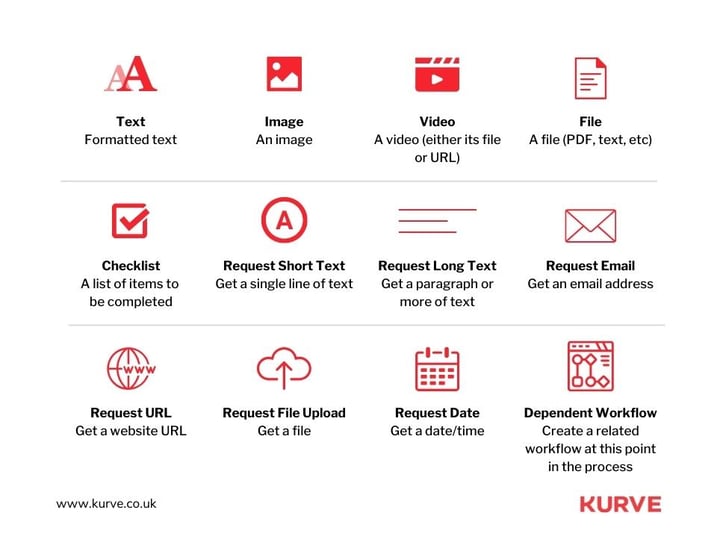
Cost Per Install (CPI)
CPI is a vital metric that helps evaluate user acquisition campaigns' efficiency. Through our Wegift project, we've discovered that rigorous A/B testing of ad creatives can significantly optimize CPI, lowering costs and ensuring that the installs are high quality.
Monitoring post-install metrics such as user engagement and retention can provide valuable insights. This multi-faceted approach ensures that you're adding valuable users to your app.
Cost Per Action (CPA)
CPA takes user acquisition costs to the next level by focusing on specific actions within the app. Our work on the SeedLegals project exemplifies this. By streamlining the user interface to facilitate efforts beneficial for both the user and the app, we managed to decrease cart abandonment rates.
This led to a more favorable CPA, highlighting the importance of user experience in driving down costs. It's not just about getting the users onboard but ensuring they engage in meaningful ways, contributing to the app's success.
Cost Per Click (CPC)
CPC is a crucial metric in pay-per-click advertising. Fine-tuning ad targeting parameters has attracted a more engaged and relevant user base. This strategy optimizes CPC and improves the effectiveness of PPC campaigns.
By making every click count, we ensure that the advertising budget is spent wisely. This dual benefit makes CPC optimization a priority in our revenue-enhancing strategies, ensuring that every advertising dollar is well-spent.
Lifetime Value (LTV)
LTV is a comprehensive view of your app's relationship with its users over time. Our focus on user retention strategies, as demonstrated in our work with Lick, aims to extend this relationship. The longer users stay engaged with your app, the more revenue they contribute.
This makes LTV an invaluable metric for long-term planning and strategy. It's about building a lasting relationship with your users that is mutually beneficial and contributes to the app's long-term success.
Average Revenue Per User (ARPU)
ARPU serves as a quick health check on your app's revenue-generating capabilities. We recommend introducing value-added features or in-app purchases that resonate with the user's needs. This not only elevates ARPU but also contributes to overall user satisfaction.
Creating a virtuous cycle of engagement and revenue generation is the goal. By focusing on features that add value to the user experience, you ensure that ARPU reflects user satisfaction and engagement.
Share of Paying Users
The percentage of users opting for in-app purchases or premium features is a sign of your app's monetization success. Offering exclusive yet non-intrusive options for in-app purchases can significantly increase this metric. It's about striking the right balance between monetization and user experience.
This strategy has yielded positive results across multiple projects, proving that effective monetization is possible without compromising user experience. The key is to offer value that users are willing to pay for, thereby increasing the share of paying users.
Purchase Frequency (PF)
PF sheds light on the attractiveness of your in-app offerings. Time-sensitive discounts or loyalty rewards can stimulate more frequent purchases. These tactics increase PF and create a more engaged and satisfied user base.
We can tailor compelling and relevant offerings to customers by understanding user behavior and preferences. This personalized approach ensures that users are more likely to make frequent purchases, impacting PF and revenue from customers.
Return on Ad Spend (ROAS)
ROAS is a crucial metric for evaluating the profitability of your advertising campaigns. Continuous monitoring of ad performance across various channels allows for budget reallocation to high-performing ads. This maximizes ROAS and ensures that every advertising dollar is well-spent.
Our methodology involves a mix of real-time analytics and historical data to make informed decisions. By focusing on channels that offer the best ROAS, we ensure that your advertising budget delivers maximum impact.
Return on Investment (ROI)
ROI is the ultimate barometer of your app's financial health. Our strategies are designed to optimize both sides of the ROI equation: maximizing revenue while minimizing costs. This balanced approach ensures that your app is popular and financially viable.
By taking a holistic view of all revenue and cost factors, we aim to build sustainable strategies in the long run. This ensures a positive ROI per paying customer and sets the stage for long-term success.
Customer Acquisition Cost (CAC)
CAC quantifies the investment required to acquire a new user. We've reduced CAC significantly through meticulous channel optimization, as seen in our Sweatcoin project. This involves a mix of organic and paid acquisition strategies, each fine-tuned to deliver maximum ROI.
Reducing CAC cuts costs and optimizes the entire acquisition funnel. Focusing on high-value channels and user segments ensures that CAC is optimized without compromising on quality.
Virality
Virality can act as a growth multiplier for your app. Features encouraging social sharing and user referrals can amplify the app's reach and reduce dependency on paid acquisition channels. For instance, our SeedLegals project included referral bonuses that turned users into brand ambassadors.
By creating a buzz around your app, we aim to make virality a core part of your growth strategy. It's about turning your users into advocates, creating a self-sustaining loop of growth and engagement.
Metrics are the Key
Metrics are the compass that guides your mobile app toward success. But, understanding which metrics to focus on and how to interpret the data can be overwhelming. That's where our expertise comes into play. We offer Mobile App Marketing Services that are meticulously designed to align with your business goals.
Our approach is rooted in actionable insights and tailored strategies. We don't offer generic solutions; we provide a roadmap for sustainable growth.
For those who are serious about turning their app into a thriving business, our Mobile App Marketing Services are a valuable resource. We invite you to explore how we can contribute to your app's long-term success and growth.

